Physicists have long searched for hypothesized dark matter particles called WIMPs. Now, focus may be shifting to the axion — an ultra-lightweight particle whose existence would solve two mysteries at once.
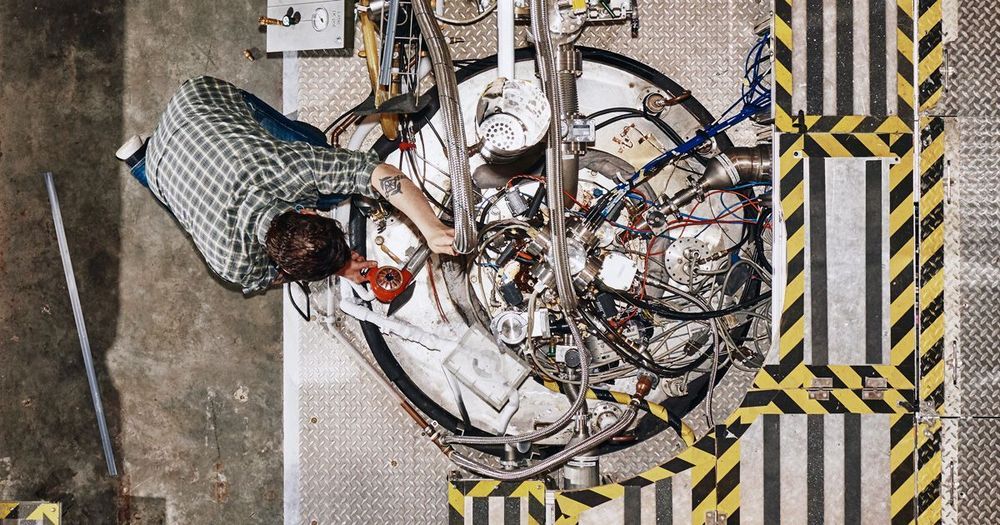

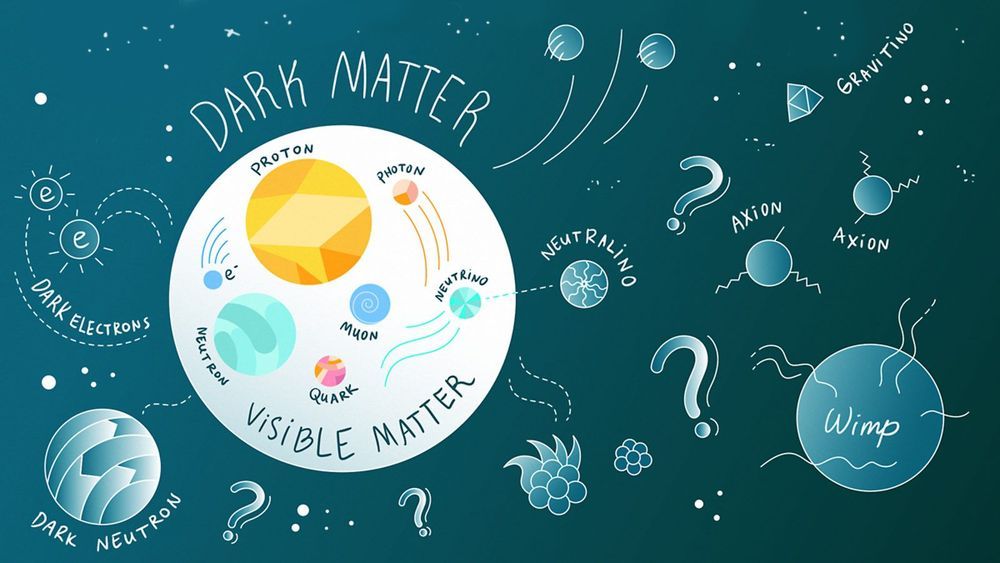

Scientists at Purdue University have made the fastest spinning object ever, a tiny ball of silicon dioxide that rotates 300 billion times per second. They positioned the microscopic silica balls in a vacuum and blasted them with two different lasers that induce the spin.
In 2018, scientists at the Institute for Photonics at ETH Zurich (a small, elite science university) created the first billion-RPM object and said they hoped it would accelerate, so to speak, the discovery of wild and unpredictable things. And that has certainly borne out, because the Purdue team has shown that even in a near vacuum, the spinning silica particles create measurable friction.
Superb piece.
“But, I say we should pursue science and technology because, like Prometheus, the fires of invention burn bright, and although we may not always know where it leads us, a world darkened by the fear of treading upon the unknown, is unimaginable.”
Yet we can look to a brighter side, one I could never have imagined in the ’60’s when the chromosomes we karyotyped would be uncoiled to lay bare the genome as an instrument for critical medical diagnoses, to set free those erroneously convicted of crime, or enlighten us about Mitochondrial Eve our common mother, and the long journey that began two hundred thousand years ago; the journey that brought me into the world of physical things, air, table and chairs, and beyond into the space of the geometries and cohorts, like Golay and Bolsey, who helped me better understand my Universe, the one either too small or too far to see, unless aided by the eyes of science and technology. I once wondered how I got here, and now I think I know, but I am afraid my second query, “where will it lead,” will remain an open question.
One cannot predict with any precision where technology will lead us, although it has the indisputable potential to reduce suffering, extend life, and increase living standards. And, in the hands of the powerful, we witness its misuse altering natural patterns: ecosystems, the sustainability of organisms, to kill with greater efficiency. If we were separated from modern inventions, we would remain alive not more than a few days, weeks for survivalists. Invention does not only express our ingenuity, it expresses a societal conscience commensurate with the kind of world we collectively choose to live in.
Ingenuity itself has little control over where it leads, and I have long wondered whether one might in the words of Hamlet, “bear those ills we have than fly to others that we know not of.” But, I say we should pursue science and technology because, like Prometheus, the fires of invention burn bright, and although we may not always know where it leads us, a world darkened by the fear of treading upon the unknown, is unimaginable.

Matter-wave interference experiments provide a direct confirmation of the quantum superposition principle, a hallmark of quantum theory, and thereby constrain possible modifications to quantum mechanics1. By increasing the mass of the interfering particles and the macroscopicity of the superposition2, more stringent bounds can be placed on modified quantum theories such as objective collapse models3. Here, we report interference of a molecular library of functionalized oligoporphyrins4 with masses beyond 25,000 Da and consisting of up to 2,000 atoms, by far the heaviest objects shown to exhibit matter-wave interference to date. We demonstrate quantum superposition of these massive particles by measuring interference fringes in a new 2-m-long Talbot–Lau interferometer that permits access to a wide range of particle masses with a large variety of internal states. The molecules in our study have de Broglie wavelengths down to 53 fm, five orders of magnitude smaller than the diameter of the molecules themselves. Our results show excellent agreement with quantum theory and cannot be explained classically. The interference fringes reach more than 90% of the expected visibility and the resulting macroscopicity value of 14.1 represents an order of magnitude increase over previous experiments2.
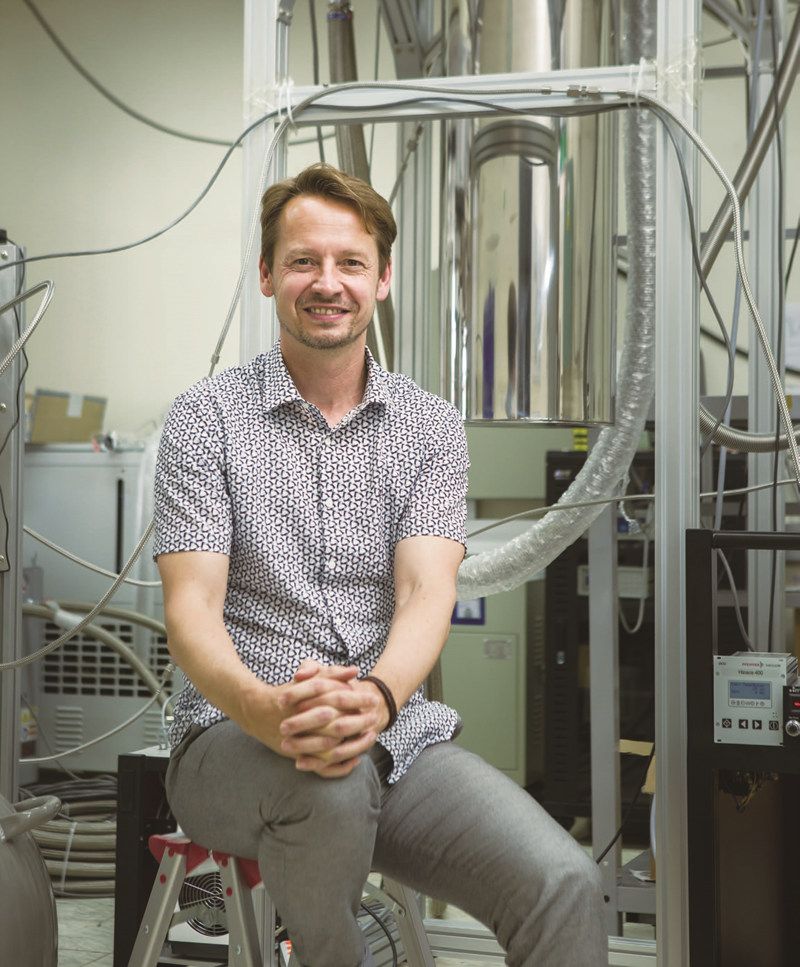
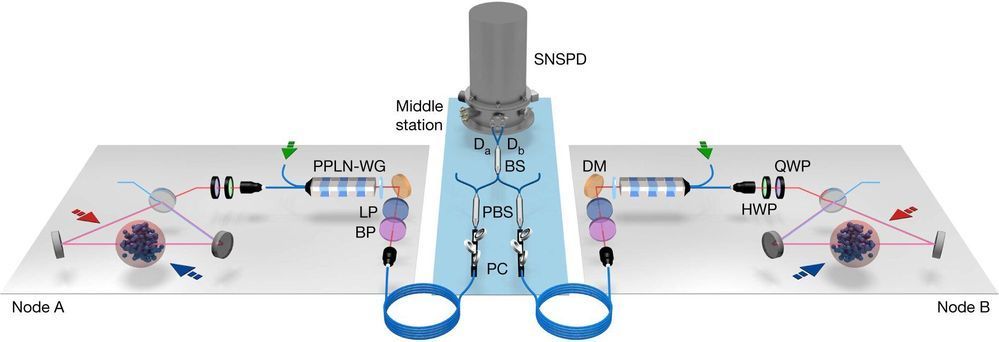
A team of researchers affiliated with several institutions in China has succeeded in sending entangled quantum memories over a 50-kilometer coiled fiber cable. In their paper published in the journal Nature, the group describes several experiments they conducted involving entangling quantum memory over long distances, the challenges they overcame, and problems still to be addressed.
Over the past several years, scientists have been working toward the development of a quantum internet—one very much the same as the present-day network, but with much stronger security. One such approach is based on the development of quantum keys that would allow parties to a private conversation to know that an interloper is eavesdropping, because doing so would change the state of the keys. But in such systems, measurements of the quantum state of the keys is required, which can be impacted by environmental conditions, making the approach nearly impractical.
Another approach involves using entangled particles to form a network—but this has proven to be difficult to implement because of the sensitivity of such particles and their short lifespan. But progress is being made. In this new effort, the researchers in China succeeded in entangling quantum memory between buildings 20 kilometers apart and across 50 kilometers of coiled cable in their lab.
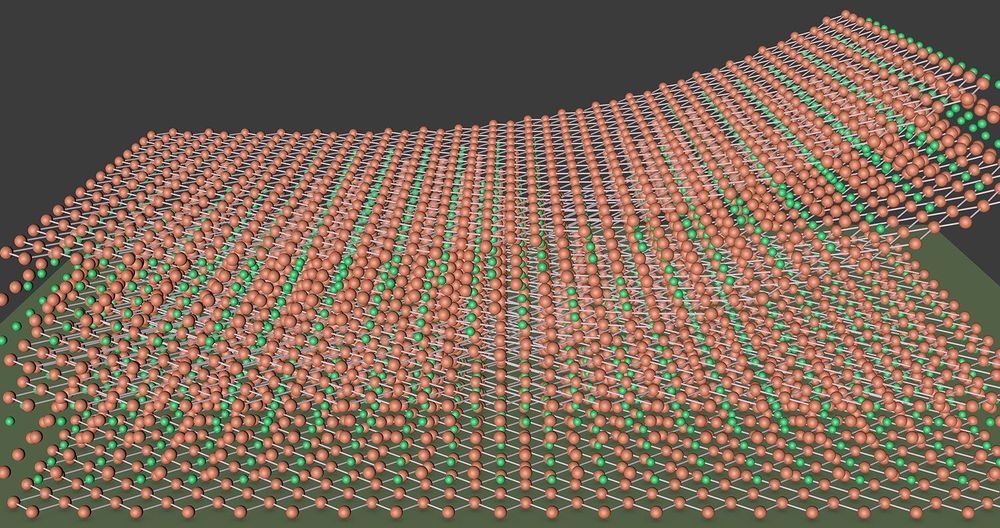
All the elements are there to begin with, so to speak; it’s just a matter of figuring out what they are capable of—alone or together. For Leslie Schoop’s lab, one recent such investigation has uncovered a layered compound with a trio of properties not previously known to exist in one material.
With an international interdisciplinary team, Schoop, assistant professor of chemistry, and Postdoctoral Research Associate Shiming Lei, published a paper last week in Science Advances reporting that the van der Waals material gadolinium tritelluride (GdTe3) displays the highest electronic mobility among all known layered magnetic materials. In addition, it has magnetic order, and can easily be exfoliated.
Combined, these properties make it a promising candidate for new areas like magnetic twistronic devices and spintronics, as well as advances in data storage and device design.
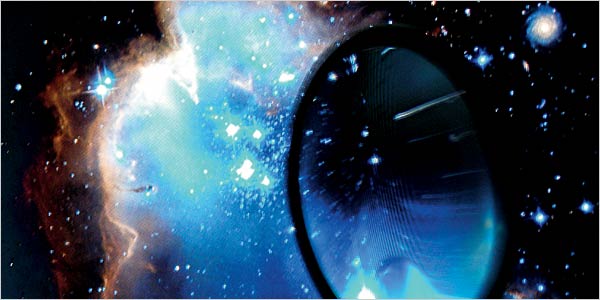
“The discovery of dark energy has greatly changed how we think about the laws of nature,” said Edward Witten, creator of string theory and one of the world’s leading theoretical physicist at the Institute for Advanced Study in Princeton, N.J. who has been compared to Newton and Einstein.
One of the great known unknowns of the universe is the nature of dark energy, a force field making the universe expand faster. Current theories range from end-of-the universe scenarios to dark energy as the manifestation of advanced alien life.
A new, controversial theory suggests that this dark energy might be getting stronger and denser, leading to a future in which atoms are torn asunder and time ends.
